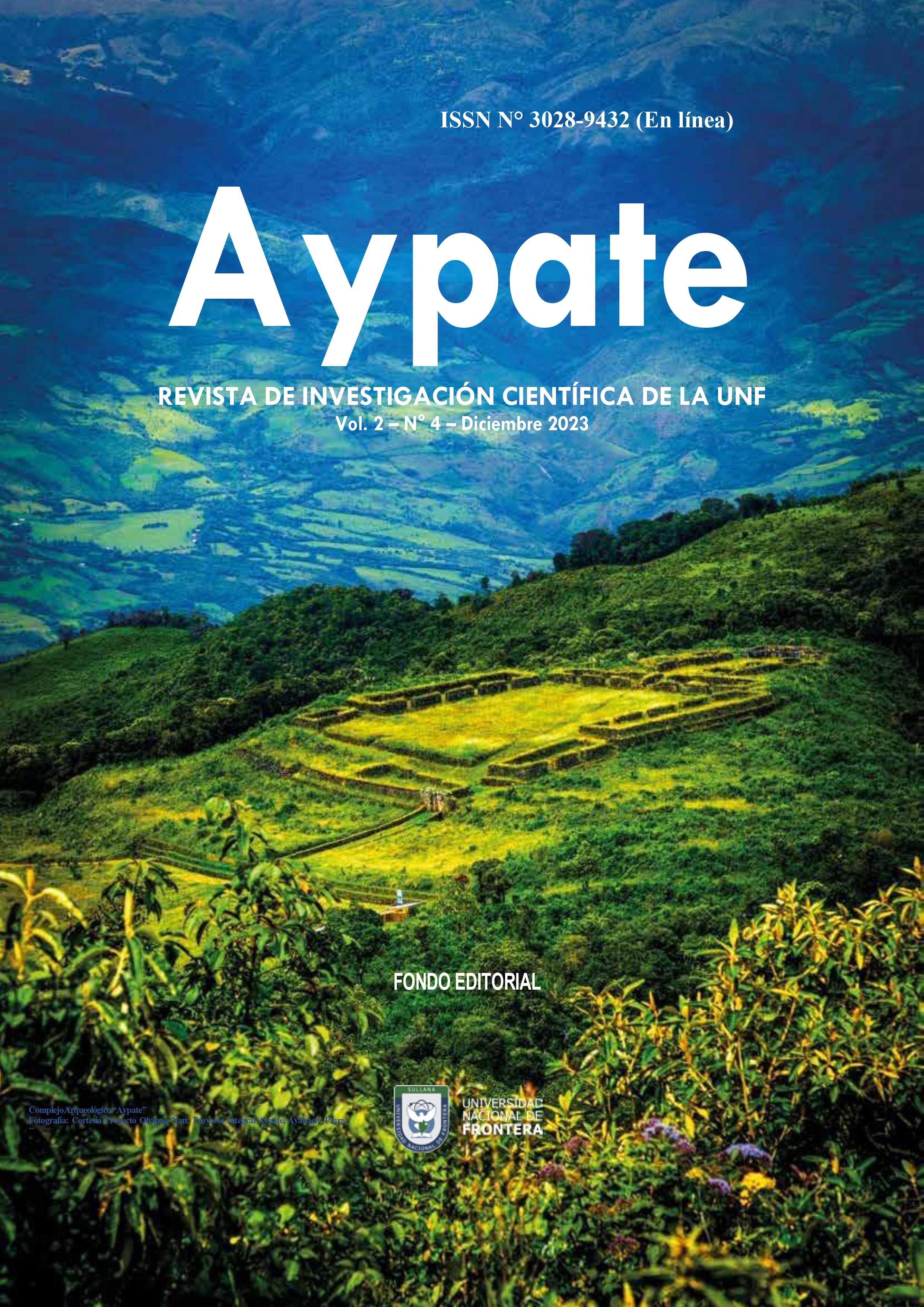Seguimiento de trayectoria en robótica móvil con alimentación de energía solar
DOI:
https://doi.org/10.57063/ricay.v2i4.64Keywords:
Solar energy, Robotics, Trajectory tracking, Computer control, AutomationAbstract
In this work, apply and implement trajectory tracking in mobile robotics powered by solar energy, as well as model, simulate, test and monitor. This includes work or use of sensors, computer hardware and software such as SCILAB, Xcos and use of micro controllers for Automation purposes. The dynamics of the linear servo type plant is presented, the system based on control methods that must be stable and provide an extension that allows unique integrators. Mathematical modeling of the servomechanism, studies and analysis will be carried out in continuous and discrete time, in addition to the implementation of control. The Arduino micro-controller will be used to obtain experimental results. To power the mobile robot for this project, it is necessary to use the energy from solar radiation to convert it into electrical energy through the flow of electrons incident on the semiconductors, which are generally made of silicon, a material widely used in electronics.
References
Aguilar, Åström, K. J., & Wittenmark, B. (2013). Computer-controlled systems: theory and design. Courier Corporation.
Fujimoto, Y., & Kawamura, A. (1995). Robust servo-system based on two-degree-of-freedom control with sliding mode. IEEE Transactions on Industrial Electronics, 42(3), 272-280. DOI: https://doi.org/10.1109/41.382138
Gasparetto, A., & Scalera, L. (2019). A brief history of industrial robotics in the 20th century. Advances in Historical Studies, 8, 24-35 DOI: https://doi.org/10.4236/ahs.2019.81002
Karabegović, I., Karabegović, E., Mahmić, M., & Husak, E. (2020). Implementation of industry 4.0 and industrial robots in the manufacturing processes. In New Technologies, Development and Application II 5 (pp. 3-14). Springer International Publishing. DOI: https://doi.org/10.1007/978-3-030-18072-0_1
Katsuhiko, O. (2011). Engenharia de controle moderno. KATSUHIKO Ogata, 5th Ed. 801p.
Moreno Mina, J. E., & Gutiérrez Guaza, J. S. (2022). Prototipo de podadora automática de césped alimentada por energía solar.
Nise, N. S. (2012). Engenharia de sistemas de controle, 6ºed. LTC, São Paulo.
Ogata, K., & Severo, B. (1998). Engenharia de controle moderno. Prentice Hall do Brasil.
Paipa, E. A. L., Serrano, M. A. L., & Mora, S. B. S. (2018). Controlador de carga PWM eficiente y de bajo costo para sistemas fotovoltaicos autónomos. Respuestas, 23(S1), 6-13. DOI: https://doi.org/10.22463/0122820X.1491
Paul, R. P. (1981). Robot manipulators: mathematics, programming, and control: the computer control of robot manipulators. Richard Paul.
Sarmiento Gamboa, K. S., Vásquez Lagos, J. E., & Laguna Suárez, Ó. L. (2016). Desarrollo de planeación y seguimiento de trayectorias para un vehículo autónomo (Bachelor's thesis, Universidad Piloto de Colombia).







